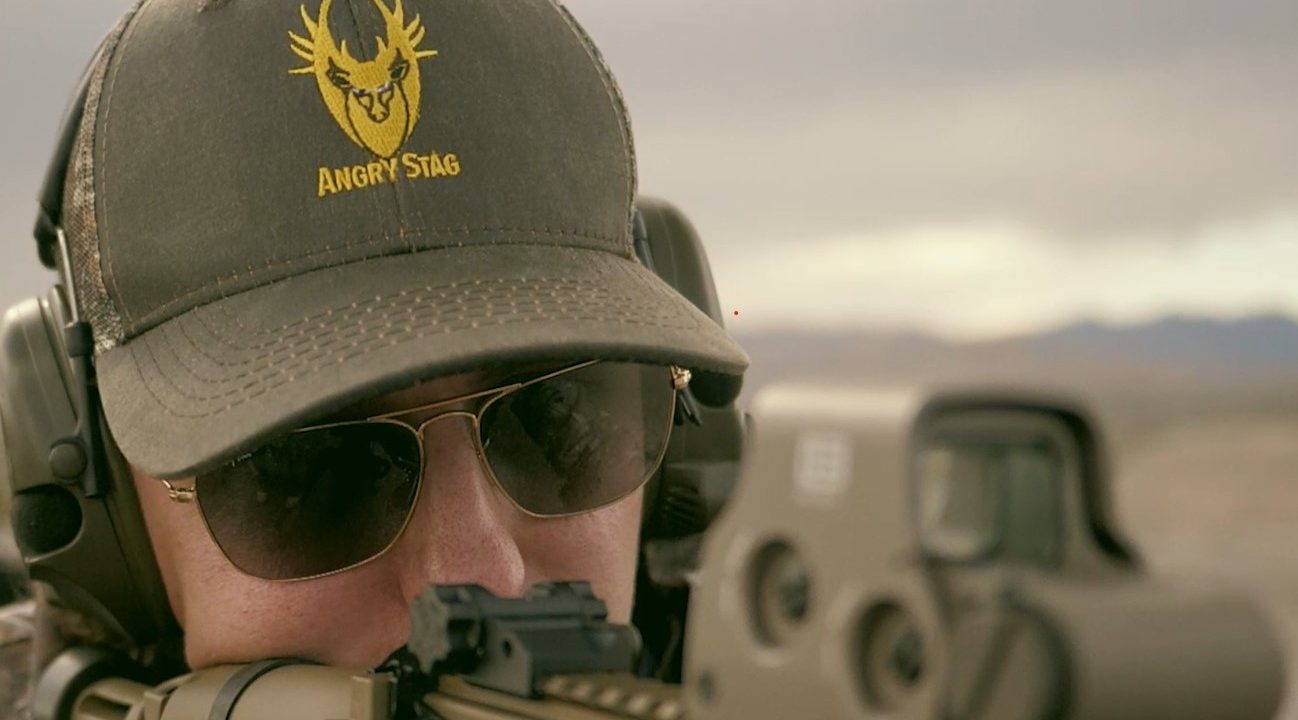If you’re a shooting enthusiast, you know that having the right tools can make all the difference in your accuracy and enjoyment at the range. Two popular options for enhancing your vision in different lighting conditions are IR (infrared) scopes and thermal scopes. But what’s the difference between the two, and when should you use each one?
Your eye sees reflected light only. That is how we see objects, the sun or some ambient light source bounces off an object and that’s how we see that object. IR scopes work the same way, but the sensor used is sensitive to the higher band wavelengths just above our eyes visual range. Some animals can see in this higher range as we’ll. So, when using an IR scope, you need enough light to reflect off the object to scope’s sensor. This can be provided by the sun in twilight times, the moon at night, or an IR flashlight. The downside of the flashlight is the limited range of no more than a few hundred yards at best. And, because this is reflected light, it reflects off of everything, not just your target. So all items in the image are about the same brightness based only on their reflectivity. So, your target and the surrounding foliage are about the same intensity. Your target is identified only by the image you can see in a mono-chromatic image.
Thermal scope sensors, on the other hand, rely on emissive wavelengths of light. Meaning that the object is identified by its temperature. All objects emit some amount of heat, which the thermal sensor detects. So a thermal scope can be used in complete darkness or in full sun. The only criteria is that there is a temperature difference between your target and the surrounds. There is also no practical range limit, subject only to optics and sensor sensitivity. However, this technology is significantly more expensive than IR since the thermal sensors are more costly to produce (at least today) and the lensing needed is more exotic Germanium or other materials that pass through heat. Glass does not pass heat.
So comparing these technologies,
- IR is good if:
- Target is short range, and you have ambient light, or want to use an IR flashlight. So early morning or early evening on clear days without fog, rain or snow.
- Your target is in full sight, not behind bushes or other obstacles.
- You have a limited budget.
- Thermal is good if:
- Target is long range.
- Shooting conditions are not important since Thermal can be used any time of day or night. Targets are behind bushes or other semi-transparent objects.
- Most thermal scopes can add a false color to your target and also see through semi-transparent objects like thick underbrush. The scope’s electronics can highlight your target in a visibly distinctive color, like bright red and color the background in lesser highlighted colors, like green, allowing for easy target acquisition. Thermal can see through fog, rain and snow as well. Only limitation to thermal is when your target is the same temperature as the background. In that case the target acquisition is by shape and movement, since you still have an image, but there is no color variation.
Both IR and thermal scopes can be valuable tools for the shooting enthusiast, and having both options in your arsenal can give you the flexibility to adapt to different lighting conditions. Whichever type of scope you choose, be sure to carefully consider your needs and do your research to find the best option for you. Additionally, consider factors such as the quality of the image, the durability of the scope, and the overall cost to determine which option is the best fit for you and your shooting needs.

